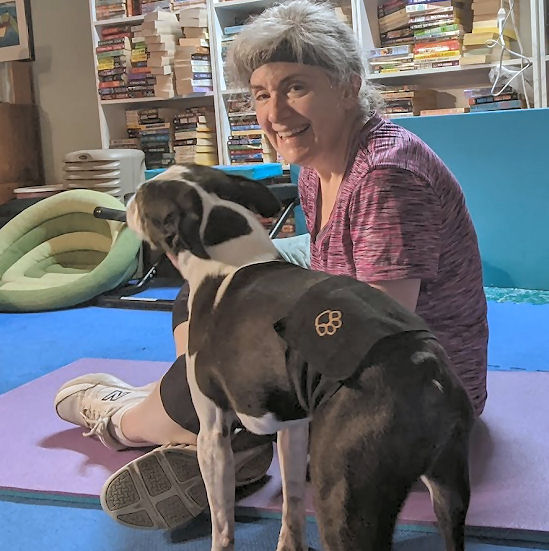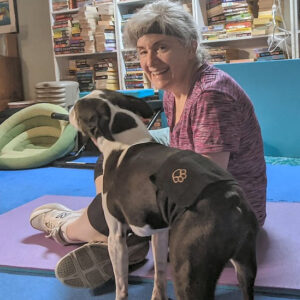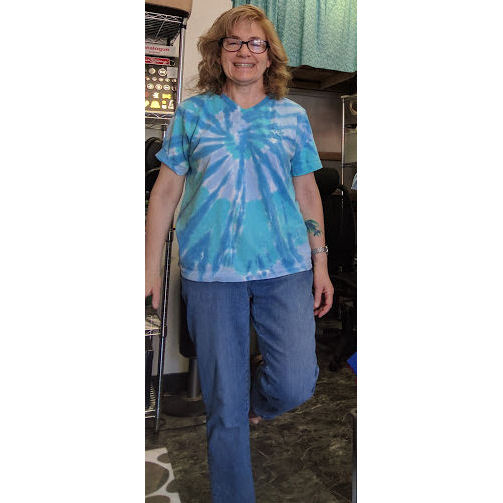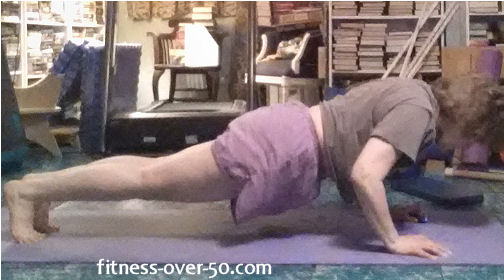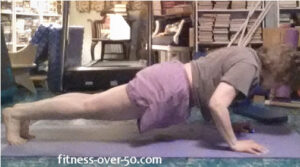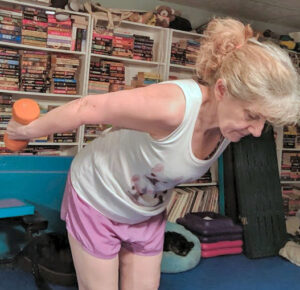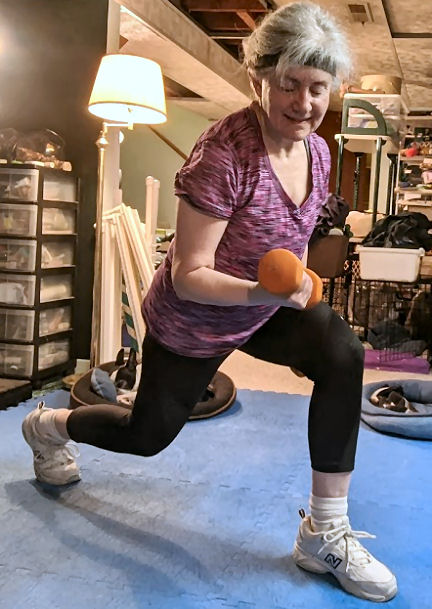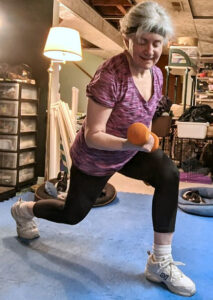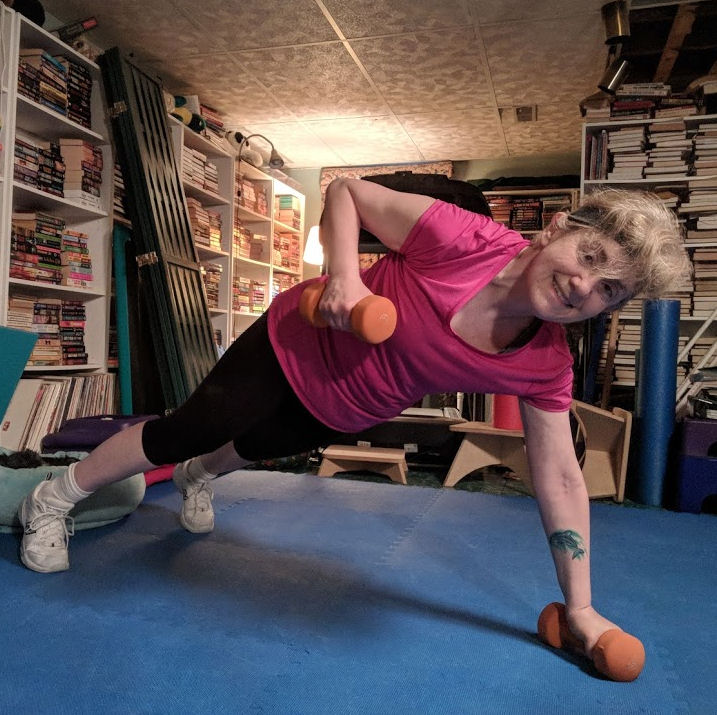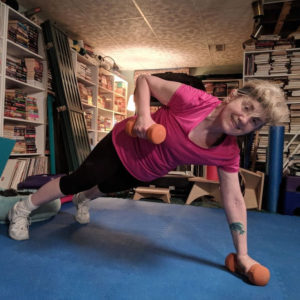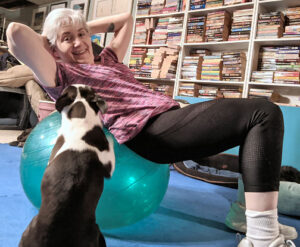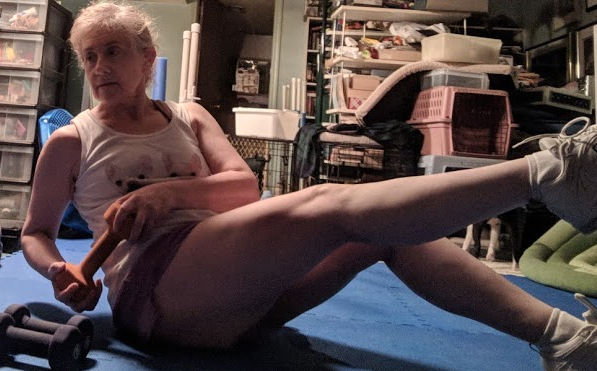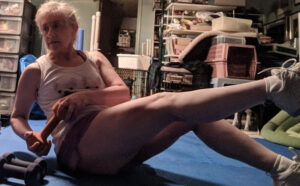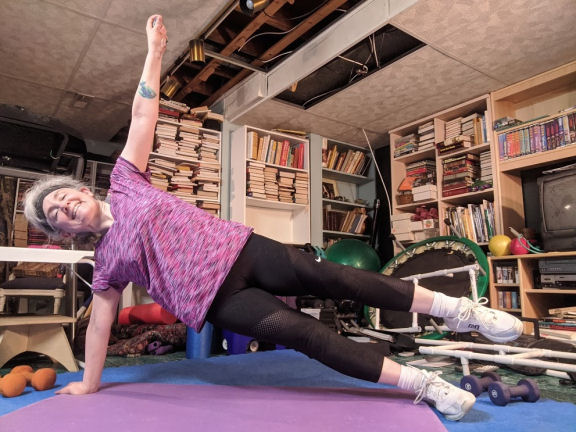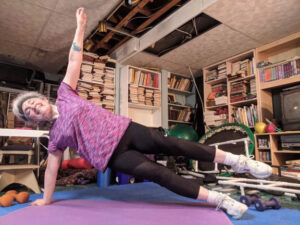As humans, we strive for certain things. First of those things is happiness. Being happy and optimistic helps us overcome minor problems and be more resilient. Who wants to be doom and gloom all the time, right? And yet so many of us are not happy. Sure, some things in all of our lives weigh us down. But there are lots of facets to each of us. And most of those facets can make us happy. It just takes one thing to enter your happy place. Now, my happy place is probably very different from yours. And your happy place is different from anyone else’s. All are equally happy to each of us. What’s that one thing we need? A mindset shift.
Exercise: from “no way” to “happy place?”
I’ve said it before, I don’t like to exercise. And yet I do it every day. How do I get from moping around and saying, “I have to go work out. I don’t want to do it. Why do I have to work out?” to “I get to work out now!” How? That one thing to get to my happy place is a shift in the story I tell myself. “In 45 minutes or so, I’ll be done. I can relax and take a nice warm shower. Then I can sit down and read for a few minutes.” Notice the fact that I don’t dwell on the workout itself, but on the reward. Once I get going, I don’t actually mind the workout. I can enjoy the music and the choreography. And I know that if the weights are really heavy, then I’m probably almost done.
Except for running. I really do mind the running. And then I found something to make the running more enjoyable: audiobooks. I listen to a rollicking adventure while I’m on the treadmill and that takes my mind completely off of what I’m doing. I made something about running fun and that keeps me motivated during those workouts.
Gray winter ugly to aesthetically pleasing
This can work for other activities as well. That one thing to enter your happy place when you’re seeing gray, dirty snow on the ground in the depths of winter could be admiring the lines of the bare branches against the sky. Or enjoying how your dog romps through the stuff.
Treasure hunt!
And if you’re not a fan of organizing, but you’ve got a closet that you promised yourself you’d get to, then you need that mindshift, that one thing to enter your happy place. Tell yourself that you’re going on a treasure hunt in the closet. Because you never know what you’ll find there. You may find long-lost treasures to wear or even to sell. Schedule a few hours to do it. Yes, put it in your calendar. And get it done.
I’m no Pollyanna, but I’ve been working on putting a smile on my face every day. I’ve been exercising that mindshift to become happier, no matter what else is going on. It works for me, and discovering that one thing to enter your happy place will work for you, too.

